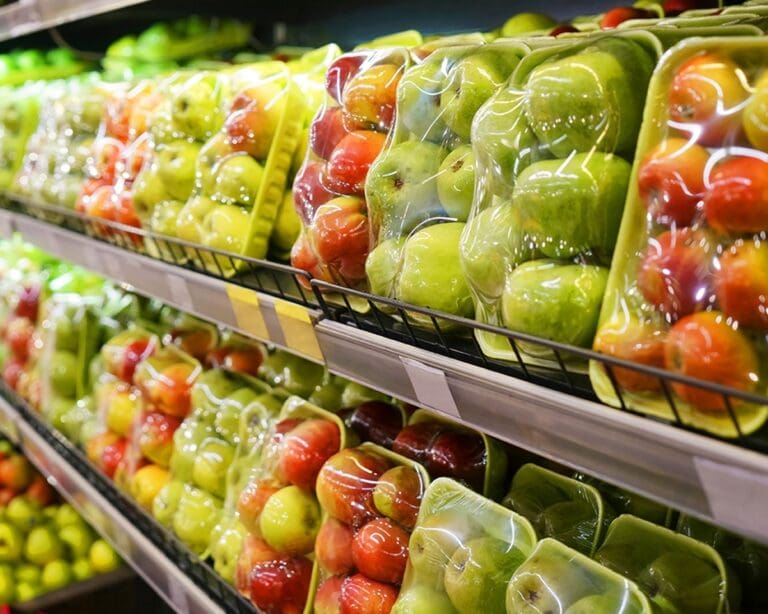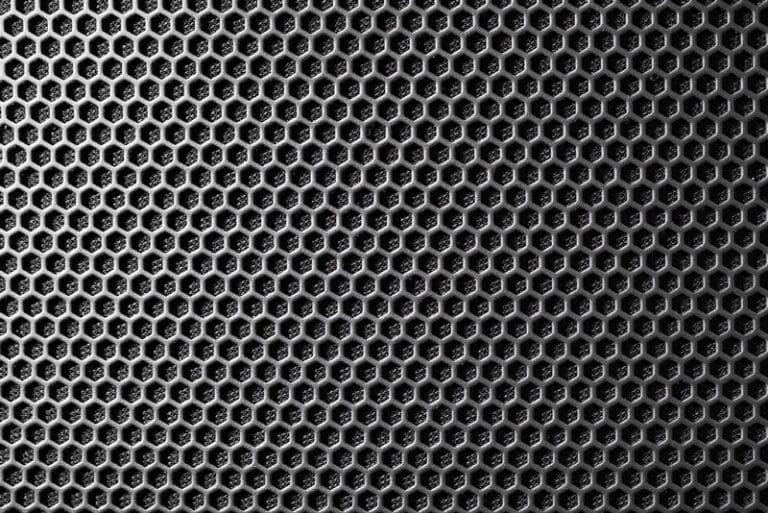EU steel prices are unlikely to respond with a significant increase amid ocean shipping problems
EU hot rolled coil prices in late June reached the lowest level in the last seven months at €625/mt, down 0.8% week-on-week. The main fundamental drivers were seasonally weak demand and low prices on the world market. Logistical costs, which are directly reflected in the cost of imported raw materials for producers or in the cost of steel imports, are growing dynamically. This is particularly noticeable for low-value products, which have a large share of logistics costs in the cost of delivery.
Since the end of 2023, the attacks on vessels in the Red Sea have led to vessels avoiding the Red Sea and bypassing the African continent from the South. As a result, vessel voyage times increased by about two weeks, and the ocean shipping market experienced its first wave of cost increases in January 2024. The accumulated problems and increased demand for shipping in Q2 led to a new wave of growth that started in May and continues in July. As a result, the shipping composite index for 40-foot containers increased by 68% from May to early July. In addition to rising shipping costs, the disruption in timing has led to ports being unable to accurately schedule ship arrivals, resulting in congestion at ports, and further worsening delivery times.
However, according to traders’ statements, the cost of commodities has increased only by the cost of delivery. Demand in the market is weak, as manufacturers minimized purchases in the summer months amid a seasonal slump in demand for steel. In addition, delays in deliveries have not caused much damage to the industry as importers, after the shock of higher freight rates and delays, have already diversified their purchases and are actively replacing imports from Asia with deliveries from other regions where possible. Imported steel is getting cheaper on the back of falling prices in China, so lower export prices in Asia will fully offset the rise in freight rates.
The decline in LME copper prices temporarily stopped in early July
Copper 3-month prices on the LME declined in June by 4% month-on-month to $9,777/mt, after reaching an all-time high in May. If we look at the price dynamics in the last two weeks of June and the first week of July, prices have stopped falling and are fluctuating in a small range. Speculative demand for copper is shrinking as investment funds’ interest in base metals has declined. In addition, in terms of fundamentals, demand has started to shrink while supply has increased, primarily in China.
Copper supply continues to grow in the market on the back of soaring prices in March-May. China increased copper cathode production by 6% y-o-y for the first five months of 2024. In addition, a new copper smelter in China was commissioned in May, which further boosted production. Rising prices have incentivized producers to increase production, which is likely to result in high copper availability in China and be reflected in a global market surplus. At the same time, the real demand for copper is not growing so rapidly. Rising prices have fueled demand and stockpiling, so now that buyers have seen copper prices fall, buying activity has slowed significantly. The LME copper inventory started to rise at the end of June on the back of weak demand but is still below the previous peak seen at the end of 2023.
The main driver of growth was due to investor activity, but after the May peak investors probably no longer see high potential for further copper price growth. Consequently, demand will be driven by consumption, which is growing slower than demand in March-May. Given the factors that were at play in June, market sources say that it is difficult to predict the future trend of copper prices , but it is most likely that the price decline will continue.
US polypropylene prices fall despite firm raw material prices
Since the beginning of 2024, prices for polypropylene (PP) in the US have been in a marked downtrend. In the first six months of the year, contract prices for US PP (FOB) fell by 20.7% to USc 88/lb in June 2024, representing a 1.1% year-on-year (y-o-y) decrease.
Much of this recent downtrend has been fueled by an accumulation of stocks within the PP market. This followed the resumption of production activity at several plants that had declared force majeures earlier in the year. As such, supply has increased, but multiple market sources have stated that demand across not only the PP market, but the broader plastics market, remains sluggish due to poor macroeconomic conditions.
This bearish market dynamic, however, contrasts with the recent performance of propylene, a key raw material for PP production. The price of US poly-grade propylene was recorded at USc 46.44/lb in June 2024, up 9.5% month-on-month (m-o-m). The price represents a 37.3% y-o-y increase, highlighting the heightened production cost of manufacturing PP. The bullish sentiment in the US propylene market has stemmed from geopolitical tensions in the Middle East, which have consequently added supply uncertainty to the crude oil and natural gas markets. Given the recent rise in production costs, market sources anticipate increased prices for PP as the elevated prices of raw materials are gradually factored into resin and product prices.
Want to dig into further insights? Discover more on our total insights page.



